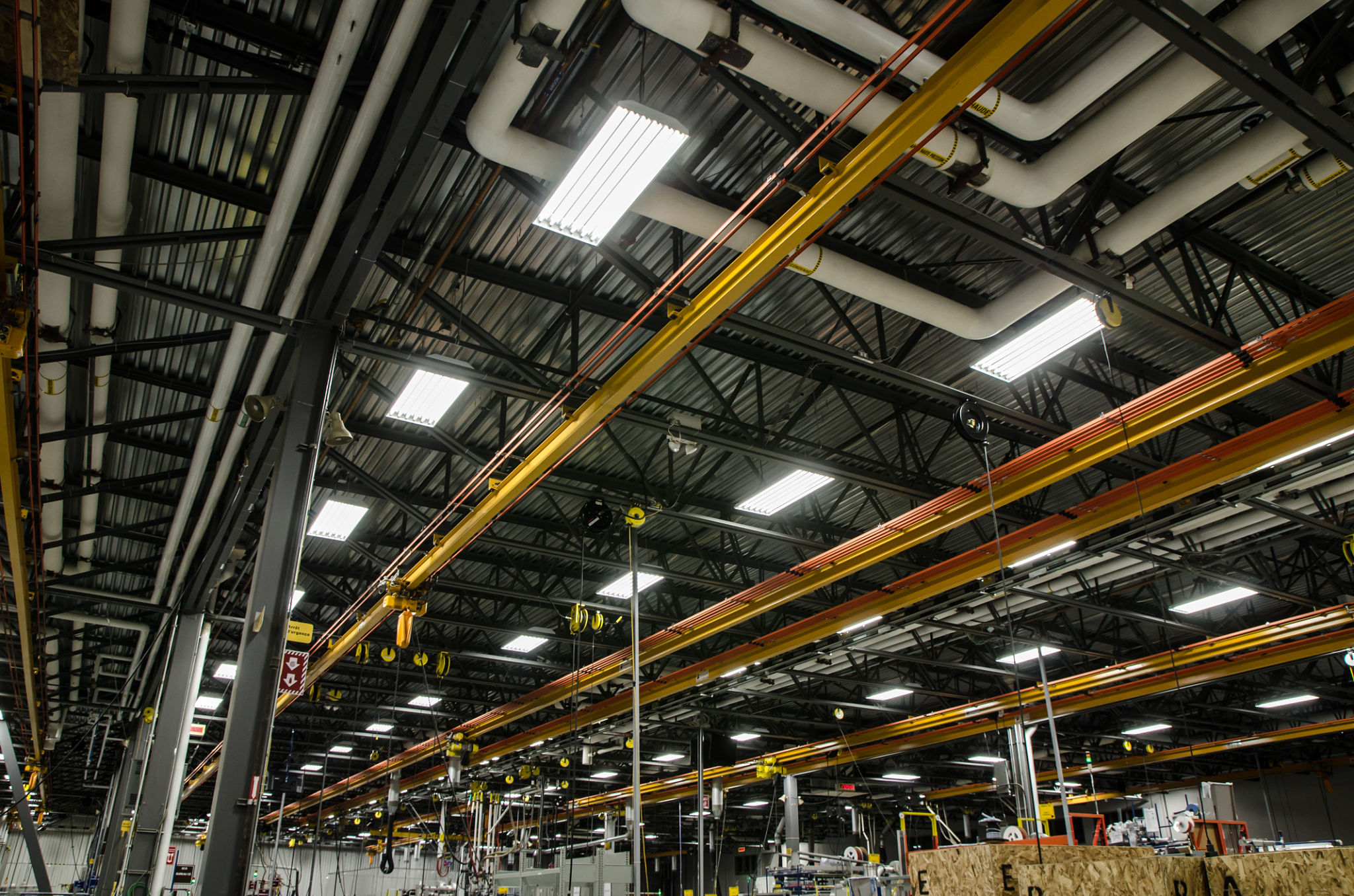Sustainable Warehouse Design Trends: Innovations in Industrial Real Estate
Introduction to Sustainable Warehouse Design
In recent years, sustainable warehouse design has gained significant attention in the realm of industrial real estate. As businesses seek to reduce their carbon footprint and enhance operational efficiency, innovative approaches to warehouse design are becoming increasingly prevalent. This trend not only benefits the environment but also offers long-term economic advantages.
The essence of sustainable design is creating facilities that minimize environmental impact while maximizing productivity. Let's explore some of the key innovations shaping the future of warehouse architecture.

Energy-Efficient Building Materials
A critical aspect of sustainable warehouse design is the use of energy-efficient building materials. These materials help reduce energy consumption and improve insulation, leading to lower heating and cooling costs. Common materials include recycled steel, insulated concrete forms, and eco-friendly roofing options like green roofs or solar panels.
Incorporating these materials into warehouse design not only supports sustainability goals but also enhances the building’s durability and lifespan, ultimately reducing maintenance costs.
Advanced Lighting Solutions
Lighting is a major energy consumer in warehouses. Implementing advanced lighting solutions is a key trend in sustainable design. LED lighting, motion-sensor controls, and natural light utilization are effective strategies for reducing energy use. LEDs are known for their long life span and low energy consumption, making them an ideal choice for large facilities.
Additionally, skylights and large windows can be incorporated to maximize natural light, reducing the need for artificial lighting during daylight hours.

Integration of Renewable Energy Sources
The integration of renewable energy sources is another pivotal trend in sustainable warehouse design. Solar panels, wind turbines, and geothermal systems can significantly reduce a warehouse's reliance on non-renewable energy. These systems not only cut energy costs but also contribute to a cleaner environment.
Moreover, warehouses equipped with renewable energy technologies often qualify for tax incentives and rebates, offering financial benefits alongside environmental ones.
Smart Warehouse Technologies
Technology plays a crucial role in the evolution of sustainable warehouse design. Smart warehouse technologies, such as IoT devices and automated systems, help optimize energy use and improve overall efficiency. These innovations allow for real-time monitoring of energy consumption, enabling managers to make informed decisions about energy use.
The implementation of automated systems also streamlines operations, reduces waste, and enhances productivity.

Water Conservation Techniques
Water conservation is becoming increasingly important in sustainable design. Warehouses can implement rainwater harvesting systems to collect and reuse water for non-potable purposes like irrigation or sanitation. Low-flow fixtures and water-efficient landscaping further contribute to water conservation efforts.
By adopting these techniques, warehouses can significantly reduce water usage and contribute to broader sustainability goals.
Conclusion: The Future of Sustainable Warehouses
Sustainable warehouse design is not just a trend; it is rapidly becoming a necessity as environmental concerns continue to rise. By embracing energy-efficient materials, advanced lighting solutions, renewable energy sources, smart technologies, and water conservation practices, industrial real estate can lead the charge toward a more sustainable future.
These innovations not only benefit the environment but also offer significant cost savings and operational efficiencies, making them an attractive option for businesses seeking long-term success.
